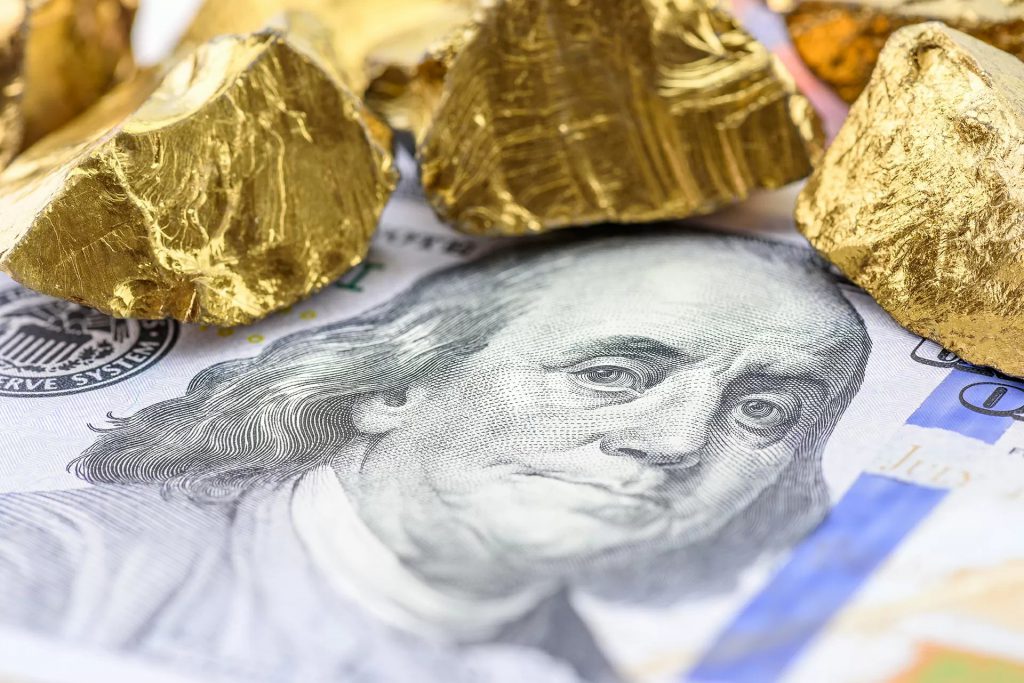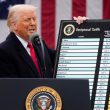Gold prices are trading around the 2,378 price range on Monday and are down nearly 15 points in the day’s trade. The XAU/USD index, which tracks the performance of the precious metal shows gold prices trading sideways this month. It experienced little to no price spurts in July as the U.S. dollar-dominated the commodity and currency sector. The DXY index, which measures the performance of the U.S. dollar shows the currency climbing above the 105 mark.
Also Read: U.S. Jobs Market Shows Concerning Trends
Gold Prices Could Deliver Low Returns In the Next 10 Years: Analyst


While gold is considered a safe investment for millennia as its prices have beat inflation, the same can’t be true for the next 10 years, says a commodity analyst. Professor Campbell Harvey of Duke University’s Fuqua School of Business says that gold prices are now more volatile than the S&P 500 index.
Also Read: 10 SCO Countries Ready To Ditch US Dollar For Trade
“Gold is far too volatile,” he said. “It may have been an effective hedge over centuries or millennia, but not over the next 10 years.” In a new paper titled ‘Is There Still a Golden Dilemma?‘ Harvey and co-author Claude Erb provided examples of a Roman centurion who received 38.58 ounces of gold as payment two millennia ago.
The author wrote that while the gold prices made sense back then, they barely beat inflation in today’s times. He stressed that gold prices will find it hard to beat inflation in the next 10 years. “At today’s price of gold, it would be $86,300, which is very close to the salary of a U.S. Army captain with six years of experience—$85,600,” Harvey said.
Also Read: BRICS: Russia and Iran to Officially Ditch the US Dollar
Pointing out that gold prices are nearing their all-time high, the analyst said that the precious metal will deliver low profits. “When gold is at an all-time high, the expected returns over the next 10 years—according to historical experience—is very low,” he said.





